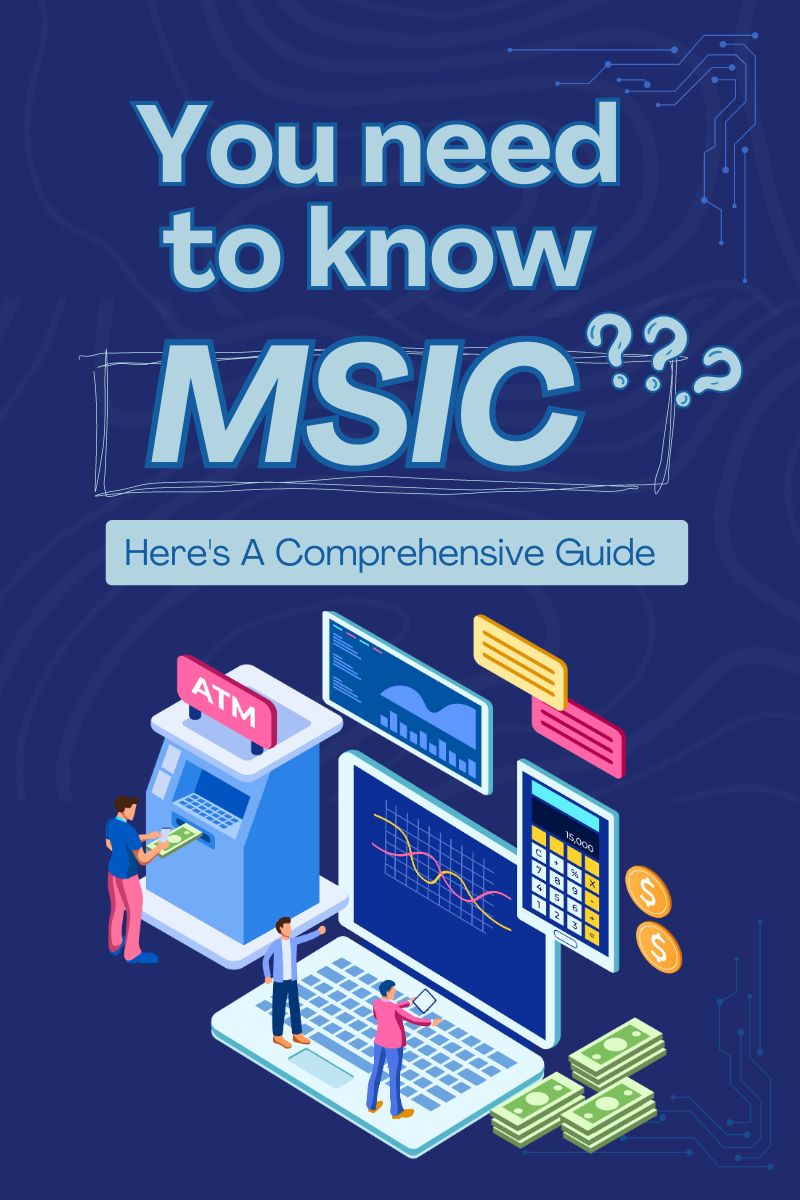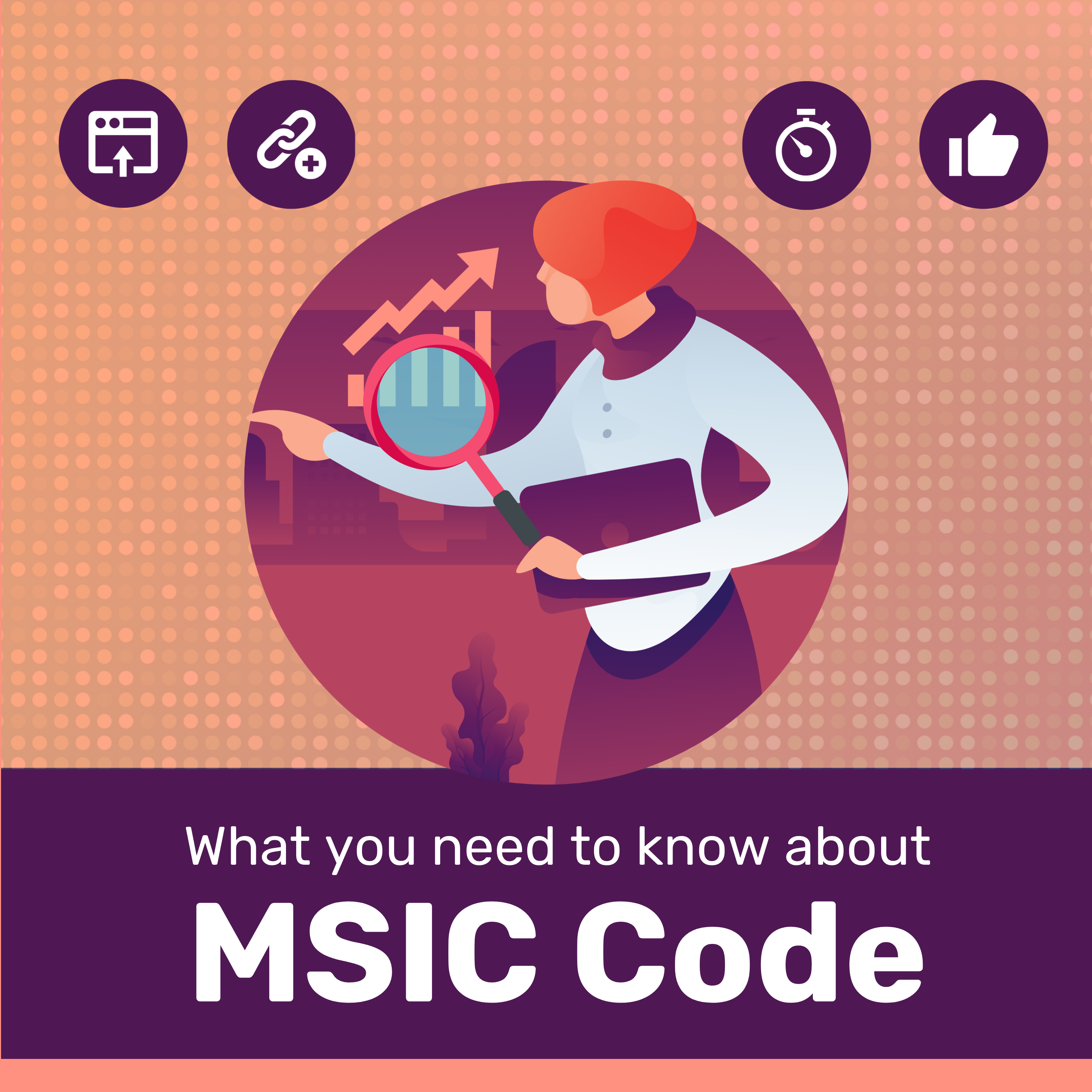Unlocking the Power of MSIC Code: A Comprehensive Guide
In the realm of business and economic analysis, classification is paramount. It’s through the organized lens of classification codes like the Malaysia Standard Industrial Classification (MSIC) Code that enterprises, government entities, and analysts can communicate, operate, and thrive on a standardized framework. This guide illuminates the function and structure of the MSIC, drawing parallels to its global counterpart, the International Standard Industrial Classification (ISIC), and providing clarity for its application across varied sectors.
Introduction to MSIC Code
The code stands as a critical tool for categorizing economic activities within Malaysia. It’s a reflection of the country’s commitment to align with global standards, specifically the ISIC Revision 4. But why does this matter? For one, a uniform system enables comparability across statistical data, fostering clarity and consistency in economic analysis, policy-making, and even in everyday business operations.
Understanding the MSIC Codea
At its core, MSIC codes are a hierarchical setup where sectors, divisions, groups, and classes offer increasingly specific levels of classification. For example, a code beginning with ‘A’ might denote Agriculture, Forestry and Fishing, and as digits are added, the industry definition narrows, detailing the precise nature of the economic activity.
How do real-world entities leverage MSIC codes?
Businesses use these classifications when filing reports, applying for licenses, or complying with tax requirements. Government agencies incorporate them into statistical analyses and policy development. Data analysts, meanwhile, rely on accurate MSIC coding to distil significant insights from vast swathes of economic information.
Comparison MSIC Code with ISIC
Although tailored to Malaysia, MSIC maintains a keen resemblance to the ISIC. Both are integral to fostering a global language of economic activity classification. The synchronization between MSIC and ISIC ensures that data comparisons and analyses can seamlessly include Malaysia’s vibrant economy on the international stage.
Importance of Accurate MSIC Coding
Accurate MSIC coding transcends administrative convenience; it’s a linchpin for effective decision-making and strategic business planning. Inaccurate coding can ripple out, affecting everything from economic forecasts to the assessment of policy impacts. The significance intensified with the advent of government-mandated e-invoicing, where correct MSIC codes ensure seamless transactions and analytics.
Practical Guide to Finding Your MSIC Code
For businesses and professionals seeking their MSIC code, the process is streamlined through the government’s online portal (MSIC Search Tool). With a comprehensive search function, identifying your precise code is just a few clicks away, ensuring compliance and clarity in your economic activities.
Future Outlook and Changes in MSIC Code
The landscape of industry and commerce is dynamic, and the codes evolve in stride. Stakeholders should anticipate periodic updates and revisions that reflect emerging industries and changing economic frameworks. Staying abreast of these changes is crucial for maintaining alignment with national and global classification standards.
Conclusion
Understanding and implementing the MSIC codes is not just a regulatory obligation; it’s an opportunity to align with a universal economic language and contribute to the accuracy and integrity of economic data. With each correct MSIC code, the tapestry of Malaysia’s economic narrative becomes richer, lending itself to more informed decisions, smoother business operations, and stronger governmental policies. Whether you’re a novice entrepreneur or an experienced analyst, mastering MSIC codes is key to unlocking the potential of your economic endeavours.










